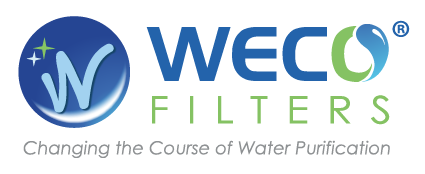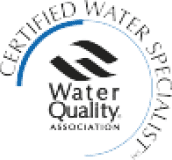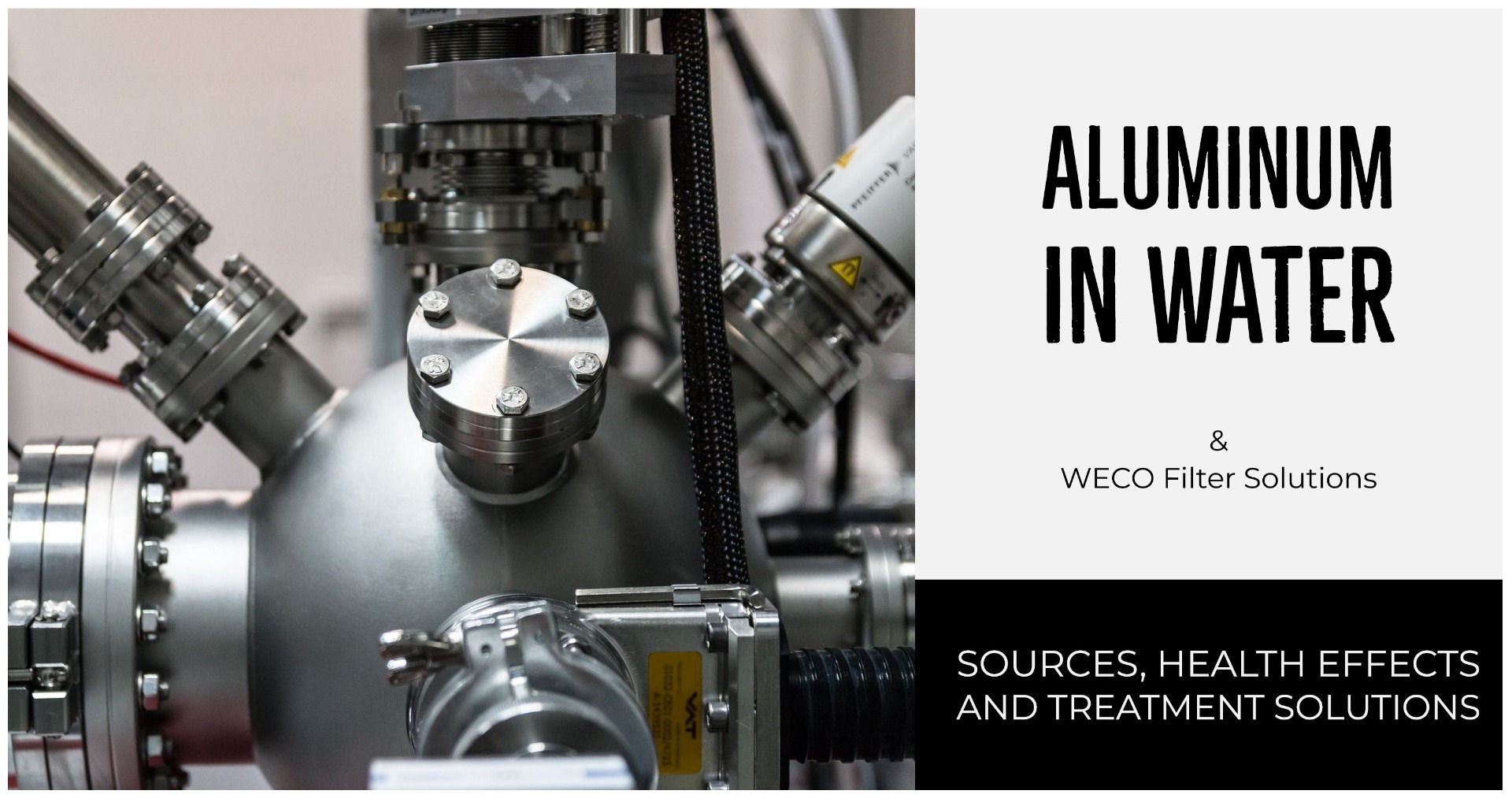Source of Aluminum: Aluminum (Al) is naturally found in in underground deposits and is one of the most common metals on the Earth’s surface. Aluminum is use in a variety of products ranging from antiperspirants to baking ingredients. Aluminum-based water treatments chemicals are sometimes used to clarify water at water treatment plants. Natural aluminum in the soil can leach into the water supply through soil and water interactions. The US Environmental Protection Agency lists aluminum on the Secondary Drinking Water Standards list, categorizing it as having few negative effects on human health, but current research indicate aluminum may be related to serious heath issues.
Health Effects of Aluminum: Very high levels of exposure are required to cause known adverse side effects. Short term exposure to aluminum contamination in drinking water may lead to stomach upset, vomiting, and mouth and skin ulcers. Long term exposure effects are under investigation. More recent studies suggest aluminum is a neurotoxin.
How to Remove Aluminum: For industrial water treatment, cation exchange resin in the hydrogen form (H+) can be used to remove aluminum from water. The regeneration process requires hydrochloric acid or sulfuric acid for regeneration to remove the aluminum from the resin. This method is not recommended for residential water treatment applications. The Best Available Technology (BAT) for removal of aluminum in water is reverse osmosis. A reverse osmosis filtration system will reduce aluminum in drinking water by more than 98%. Water Distillation can reduce the aluminum content of water by more than 99%. Contact us and we will help you choose the right WECO system for your application






